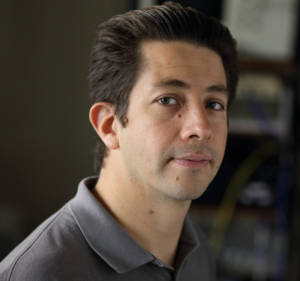Seminario INGEBI
Lunes 2 de septiembre 13:20 hs.

Dr. Adrián Rodríguez-Contreras
Department of Biology, City University of New York, NY, USA.
Developmental plasticity in the auditory brainstem: from neurons to blood vessels, and why you should care
The development of the nervous system is a protracted process where gene expression and electrical activity coordinate proliferation, migration, differentiation, and survival of diverse neural cell populations. The nature and functional roles of developmental activity patterns are of central interest in neuroscience since they seem to be important in fine tuning the neural circuits that underlie perception and that are affected in neurodevelopmental disease. Our investigations in the auditory system of neonate rodents led to the discovery of action potential mini-bursts in neurons located in the superior olive, a brainstem region involved in sound localization. Disruption of patterned activity has been linked to abnormal development of auditory brainstem neurons. More recently, we uncovered evidence that handling rat pups during a sensitive postnatal period accelerates hearing development. These findings form the basis for ongoing studies that aim to understand the relationship between intrinsic developmental programs and the early maternal environment. Our long term goal is to understand how neural activity and early life experience affect the development of subcortical pathways involved in sound processing, and particularly, in testing the idea that electrical activity is a cue that modulates interactions between neurons, glial cells and the vascular network in the auditory brainstem sound localization pathway during early development.
